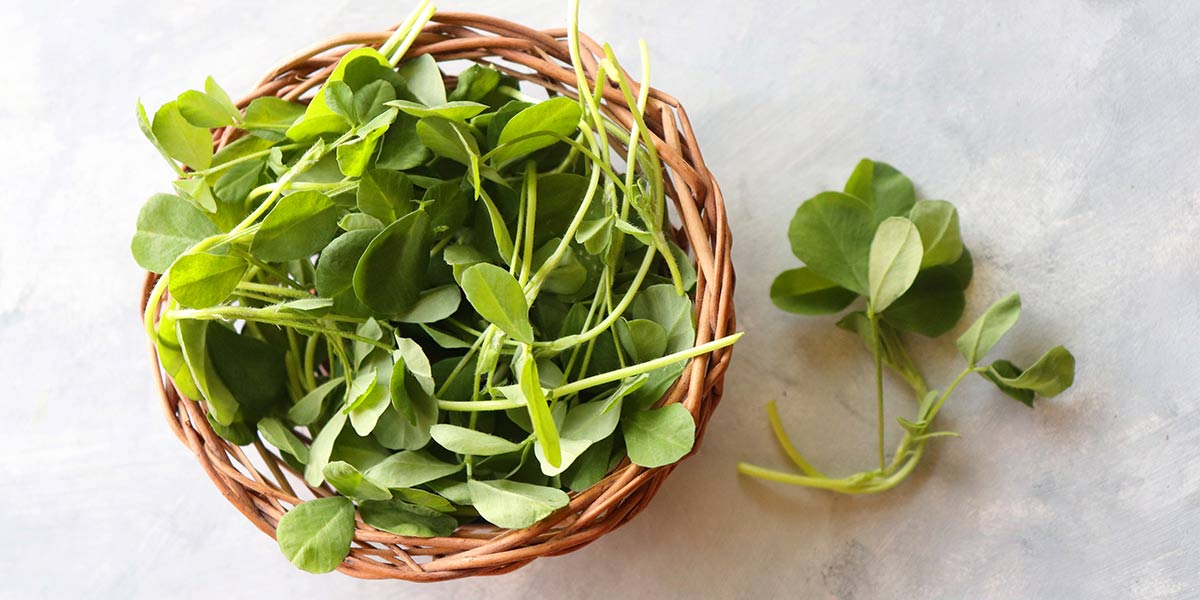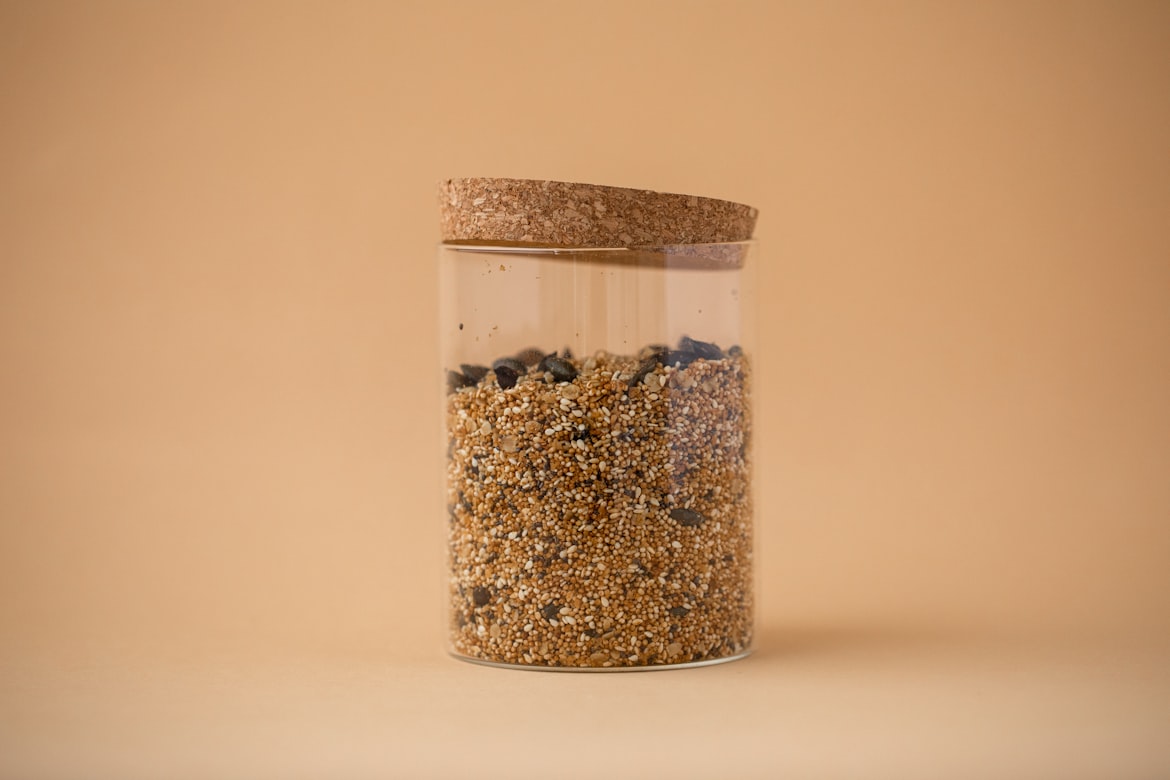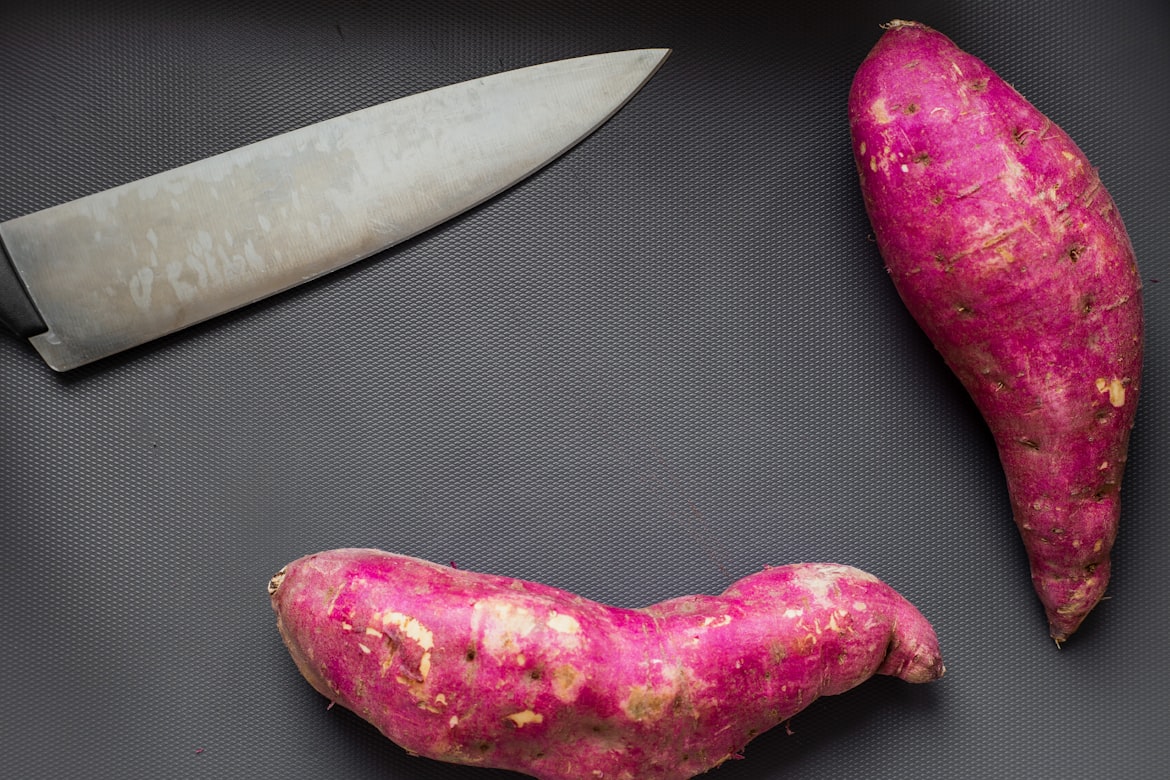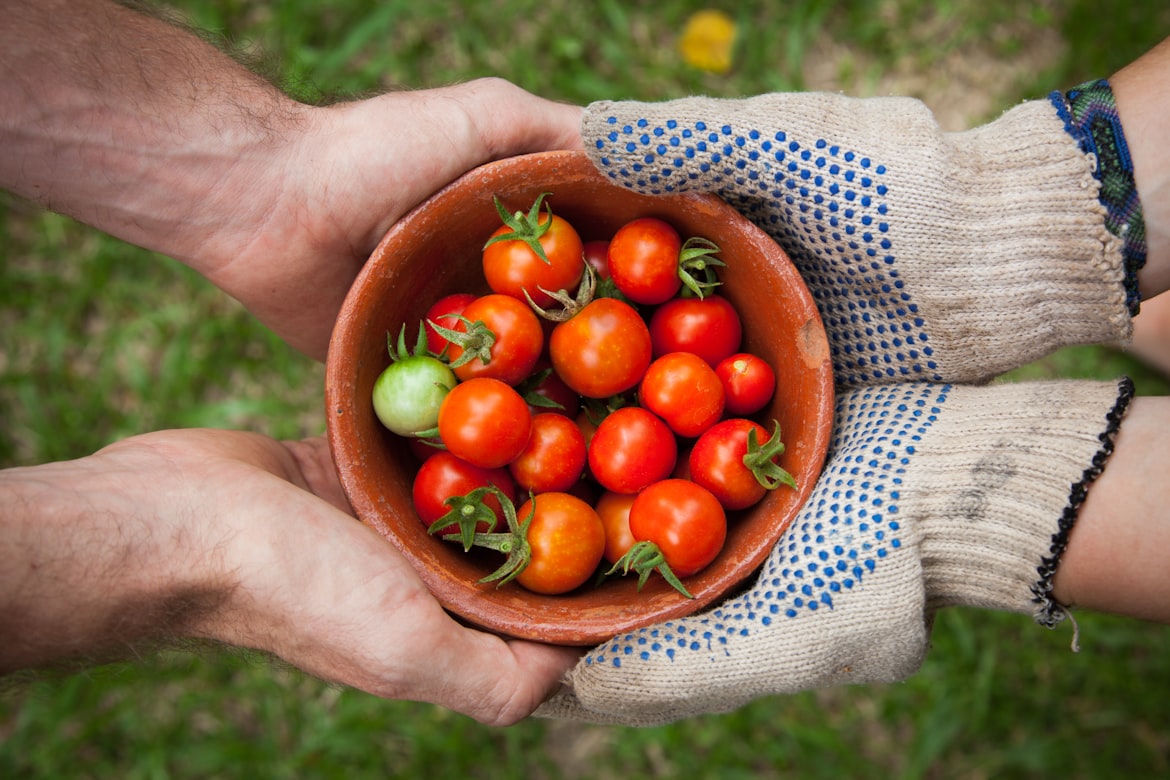Are some foods more nutritious than others? If so, what foods should we, in India, be eating? The answer depends on the nutrients you're looking for. When you consider the nutritional status of India’s population, it’s quite clear that certain nutrients need to be given a bit more preference than others. So, if you’re looking for nutritious foods to add to your meals, a great starting point is to first consider the nutrients you need.
7 Important Nutrients to prioritise
India is an agriculture-rich land. However, despite us having access to an exceedingly wide variety of nutrient-rich foods, a huge population of Indian adults suffer from nutritional deficiencies - the most common deficiencies being omega-3 fats, iron, protein, zinc, vitamin B12, vitamin D and folate [1, 2, 3, 4, 5].
These nutrients play some foundational and crucial roles in the healthy functioning of our body:
Omega-3 fats:
These are essential fatty acids, which means our body cannot make them; we can only consume them through our food. We need them for a host of reasons - from forming a part of our brain, nerves and eyes, to their anti-inflammatory effects on our body. This translates to many benefits, including improving our brain health, nervous system and heart health [6, 7, 8, 9, 10, 11, 12, 13].
Iron:
An important mineral that's used by our body to make haemoglobin, a protein in our red blood cells, which carries oxygen from our lungs to all parts of the body. Iron also makes myoglobin, a protein that provides oxygen to our muscles [14].
Protein:
A nutrient that's a part of every cell. It plays a key role in transporting molecules and nutrients throughout the body and keeping our immune system strong. It also repairs and builds our body’s tissues and promotes proper growth and development. Being a macronutrient, protein also acts as an energy source whenever required [15, 16].
Zinc:
A mineral that plays a key role in a host of functions - it helps develop immune cells and produce collagen, while supporting wound-healing, maintaining the intestinal lining (which acts as a barrier against harmful bacteria and viruses), and supporting nerve signalling, learning and memory. [17, 18, 19, 20].
Vitamin B12:
A B-vitamin that helps keep the body’s nerves and blood cells healthy. It also plays a significant role in the making of DNA, the genetic material found in all the cells. [21, 22, 23, 24].
Vitamin D:
A vitamin that plays a huge role in our overall well-being. It helps strengthen our muscles and bones, and promotes healthy joints, heart, hair and skin, amongst a host of other functions [25, 26, 27, 28, 29, 30, 31, 32].
Folate (vitamin B9):
Another B-vitamin that's needed for our cells to divide and for the construction of our DNA and other genetic material. [21, 24, 33, 34].
As it turns out, most of these deficiencies are taking place simply because we aren’t consuming them in adequate quantities. For anyone who has identified an existing deficiency, the best course of action is to consult a doctor to help bring your levels back to normal.
Otherwise, we can all proactively make sure to get plenty of these nutrients through what we eat.
So - here are the top 15 most nutritious foods easily found in India, to help you make the most of your meals!
#1. Flax seeds

Flax seeds are a great vegetarian source of the omega-3 fat ALA, and are easily available anywhere in India [35]. They’re also a good source of dietary fibre and protein.
The best way to eat flaxseeds:
Roasting flax seeds helps reduce their antinutrients, which, in turn, improves their iron content and our body’s ability to break down and use its protein [36, 37] . Roasting also improves the seeds’ content of omega-3 fat ALA [38].
Also learn about antinutrients - definition, function and methods of elimination.
Another benefit of roasting: increases its shelf life! Coarsely ground flax seeds can be stored at room temperature, without the risk of them spoiling or losing their omega-3 content, for up to 10 months [39].
#2. Hilsa fish
Health experts recommend consuming fatty fish twice a week (or more) for a healthy heart [40]. In India, a fatty fish called ‘hilsa’ is amongst the best sources of the omega-3 fatty acids EPA and DHA [40]. Its protein and omega-3 content is comparable to the Atlantic Salmon (which isn’t native to India, but is globally considered as an ideal source of omega-3 fats) [41].
In addition to omega-3, hilsa fish is also a great source of vitamin D, protein, vitamin B12 and folate [42, 43].
The best way to cook hilsa:
Microwaving, baking, steaming and poaching fish are the best way to cook and retain hilsa’s omega-3 fat content. It’s best not to deep-fry, if you want to make the most of its omega-3 fat content [44].
#3. Spinach

A majority of Indians are deficient in folate (vitamin B9) - especially women, children and adolescents [1, 45, 46]. Spinach contains a high amount of folate - especially in India. In fact, a study showed that, across all the forms of spinach in the world, the highest folate content was found in the spinach that originated from India [47]!
It’s also, generally, an extremely nutrient-rich vegetable. Apart from folate, spinach also packs high amounts of fibre, beta carotene, vitamin C, and an exceptionally high amount of vitamin K1 [43] It also contains many antioxidants like lutein, kaempferol, quercetin, and zeaxanthin [48, 49].
The best way to cook spinach:
Frying, boiling, and overcooking spinach can reduce spinach’s nutrient levels. Blanching is also not recommended - it actually causes the maximum loss (50-95%) in its nutritional content.
Steaming is one of the best ways to cook spinach, as this involves almost no folate losses. Microwaving works just as well [50, 51]. The ideal way to consume it is to then mix in some raw leaves along with the cooked ones.
#4. Soybean

The Indian Dietetic Association has found that Indian vegetarian diets are low in protein, with 84% of these diets having inadequate protein [52, 53]. Soybeans are a very rich source of plant-based protein and are ideal for vegetarians, vegans or flexitarians.
It’s not only the quantity of protein but also the quality of protein that makes soy protein one of the best sources. The protein purified from soy (soy protein isolate) has a PDCAA score of 1.00, which is equal to the score of protein found in eggs and milk (‘PDCAAS’ is a score of the digestibility and amino acid profile of a food’s protein content, with 0 being the lowest score and 1 being the highest) [54, 55, 56].
Apart from protein, soybean also provides us with fibre, iron, calcium, magnesium, and a type of antioxidant called isoflavones [57, 43].
The best way to cook soybeans:
Soybeans, being plant-based, contain antinutrients that interfere with our body’s absorption of nutrients. Soaking, sprouting, fermenting, and cooking, which help reduce these antinutrient levels, are its ideal preparation methods [58, 59, 60, 61].
#5. Mung Bean

Mung beans are an especially rich source of protein and micronutrients (vitamins, minerals and antioxidants).
Of all the legumes, mung beans pack the most essential amino acids ('amino acids' are the building blocks of protein - those that are 'essential' cannot be made by our body. Their phytic acid (an antinutrient that blocks the digestion of protein) content is also lower than in other legumes and cereals, making it a more bioavailable source of protein.
Also learn about bioavailability of nutrients, its definition and importance.
Mung beans also easily digestible - which means they’re less likely to create flatulence than other legumes, making it, quite literally, a comfort food!
They're also a good source of folate (vitamin B9), iron, magnesium, potassium and antioxidants, and are full of beneficial plant compounds (polyphenols, polysaccharides, and polypeptides) that promote our overall health [43, 62, 63].
The best way to cook mung beans:
Soaking, sprouting, and microwaving are the ideal cooking options for mung beans. These methods reduce the cooking time and even improve the beans’ nutritional quality by reducing their levels of antinutrients [64, 65].
#6. Dahi or curd

At least 47% of Indians are deficient in vitamin B12 [66]. Curd is a particularly good source of vitamin B12; some observational studies have suggested that our body absorbs more vitamin B-12 when it comes from dairy products, especially milk (as compared to other dietary sources) [67].
Curd’s also a probiotic: it contains good bacteria for our gut. These help us digest our food better, improve our immunity, and do a lot more for our health [43]. Apart from this, curd is also a good source of calcium and protein.
Also read, how our gut bacteria affect our health.
The idea way to consume curd:
Curd that has been frozen below four degrees for around 14 days or more tends to lose its content of vitamin B12. So, if you buy curd from a store, consuming it as soon as possible would be best [68].
#7. Methi Leaves

Green leafy vegetables are, in general, a great source of iron - and methi leaves top the list. They’re not only rich in but are also a more bioavailable source of iron.
Methi can be a nutritionally-significant addition to vegetarian diets (to meet our iron requirements), especially for a population like ours, where most women are anaemic. (Around 66% of women suffered from anaemia in 2019) [69, 70, 71, 72, 73].
Vitamin C and dietary fibre are some of the other nutrients found in methi leaves [43]. Fibre is important for digestion and our overall health, and vitamin C aids the absorption of iron, increasing its bioavailability even further.
Also read the benefits of dietary fibre on your overall health.
The best way to cook methi leaves:
Using iron vessels to cook methi has been found to increase its content of iron, irrespective of how it’s cooked. Apart from this, steaming helps reduce its phytate (antinutrient) content [74, 75].
#8. Bajra

Like most millets, bajra is a great source of iron, along with fibre, magnesium and antioxidants. It’s also gluten-free, making it suitable for people who are diagnosed with celiac disease or are sensitive to gluten [43].
Regularly eating bajra can have potential health benefits like better blood-sugar levels, which can be attributed to its fibre. [75, 76, 77, 78].
The best way to cook bajra:
Apart from cooking bajra in iron utensils (to improve its iron’s bioavailability), being a grain even makes bajra an excellent candidate for fermentation - which is considered to be the best way to remove a food’s antinutrients. In fact, a study found that a bajra dosa had a comparatively higher quantity of bioavailable iron when compared to a bajra roti [79].
#9. Chickpeas

For decades now, the average Indian diet has had an inadequate amount of zinc - and its levels are further decreasing with time. A possible reason is the rise of carbon dioxide levels in the atmosphere: CO2 is known to accelerate zinc deficiency in crops [80, 81, 82].
The best solution? To double down on our consumption of zinc-rich foods - and chickpeas are some of the most zinc-rich plant-based foods.
They’re also a great source of protein, folate (vitamin B9), iron and fibre. In fact, regularly consuming chickpeas may even help offset the development and progression of several chronic diseases (like diabetes and heart disease) because of their fibre and protein content! [43, 83, 84].
The best way to cook chickpeas:
As with other pulses, chickpea seeds also contain antinutrients. Those can be reduced and eliminated by overnight soaking, sprouting and fermentation (or even a combination of all three if you have the time!) [85, 86].
#10. Mango

Dubbed the ‘king of fruits, mangoes bring not only their famed deliciousness but also an impressive nutritional profile. In fact, studies link mango and its nutrients to health benefits like better immunity, digestive health, and eyesight [87, 88, 89, 90].
Mango is particularly high in folate (vitamin B9). Surprisingly, the highest folate content is found in the smallest-sized fruit [43]!
Some other nutrients found in mangoes include beta carotene (antioxidants), vitamin C, and other antioxidants like mangiferin [91, 92].
The best way to consume mango:
Eating it in its natural form, without subjecting it to any kind of processing (such as canning, heating, or leaching), would be the ideal way to consume a mango and preserve its nutrients [93].
This concludes our list of the most nutritiousfoods to add to your meals - but it doesn’t quite cover the sheer diversity of produce we have in India. If you’ve come across an indigenous food item that you’d like to highlight (or may even want more nutritional information about), drop a comment and we’ll look into it. :)
In the meantime - we hope you enjoy some healthy, delicious meals with this blog in mind!
#11 Amaranth
Amaranth is a highly nutritious pseudocereal (grains that neither a grass nor a true cereal) with a superior amount of protein content as compared to other cereals. . One serving (123 gms) or a cup of cooked amaranth gives only 125.5 calories. Amaranth is a great source of protein (especially because it has all the essential amino acids), fibre and other micronutrients such as magnesium, calcium, iron and phosphorus.
A popular option for people who prefer gluten-free foods, amaranth promotes heart health and improves cholesterol levels. If your health goal includes weight management then adding amaranth to your diet can be helpful.
How to consume amaranth: Amaranth needs to be boiled in water to make it edible. Add it to your salads as it gives it a little crunch. Cook amaranth coupled with a few vegetables like the Indian pilaf. You could add your choice of protein with boiled and seasoned vegetables on the side to enjoy a complete meal.
#12 Sweet Potato
These starchy potatoes have a world of goodness hidden in them as they are great sources of fibre, minerals and vitamins. Sweet potatoes, especially the orange and purple varieties, are rich in antioxidants that help protect the body from free-radical damage. This humble vegetable is also good for your gut health as it contains fibre.
Best way to consume them: Steaming, roasting or baking are all great ways to cook this versatile vegetable.
#13. Tomatoes
While 95% of a tomato is water, the rest of the 5% contains carbohydrates and fibre. Tomatoes are fabulous sources of important nutrients that our body requires such as folate, vitamin K1, potassium and vitamin c. Including tomatoes in your diet will help in adding lycopene to your diet which is known to help improve your skin health, sunburns and in some cases lowers the risk of heart diseases.
How to consume tomatoes?
The ripen the tomato more the nutrient content in it. Include these fruits in your diet by adding them into your salads, dips or chutneys, sauces or simply roast them to add them into your sandwiches. A great way to increase lycopene content in tomatoes is by cooking it in fat.
#14 Almonds
Almonds are known for their nutritional value. They are cholesterol-free (like many other plant-based foods), gluten-free, a good source of fibre and are rich in monounsaturated fats (it is heart protective) and phytonutrients. Almonds are a good source of protein, fibre and micronutrients such as vitamin E, calcium, magnesium, manganese and folates, which play an improtant role in crucial body functions such as metabolism.
According to research-based suggestions, regular consumption of almonds might contribute to better heart health, lower cholesterol levels and reduced risk of diabetes. Adding almonds to the diet has shown to reduce LDL-C levels (bad cholesterol), and maintain HDL-C levels (good cholesterol).
How to consume Almonds: Almonds make for a perfect snacking option and are best consumed raw or roasted. Roast a handful of almonds and add them to your salads, smoothies, yogurt or oatmeal. Almond milk and almond butter are increasingly becoming a popular option for vegans who prefer dairy-free products. Salted almonds are also an option, however, people with a history of high blood pressure should avoid it.
#15 Cinnamon
Known for its medicinal value, cinnamon is one of the most versatile spices which is full of health benefits. Cinnamon is high in cinnamaldehyde which makes it a potent medicinal spice. Loaded with antioxidants, cinnamon helps fight free radicals in the body. Cinnamon is associated with reduced risk of heart diseases, has anti-inflammatory properties and lowers blood sugar levels. So feel free to include this age old and powerful spice in your food.
How to consume cinnamon: There are so many ways to add cinnamon to your diet. Here are a few that we think will be easy to follow. Brew cinnamon tea, simply add it hot water along with honey and ginger. They add a fabulous flavour to coffee and rice in any form.
In the meantime - we hope you enjoy some healthy, delicious, highly nutritious meals with this blog in mind!















Leave a comment